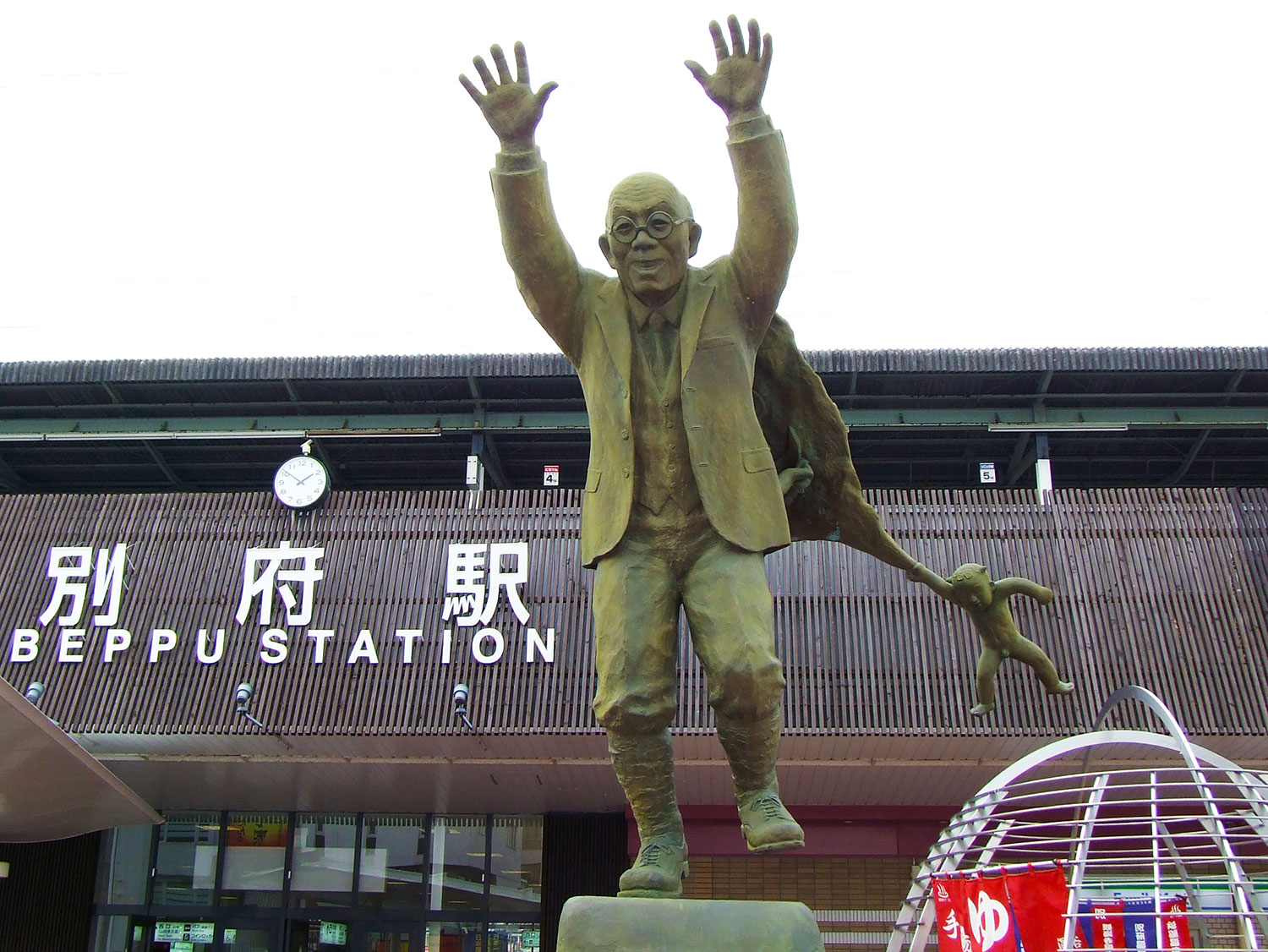
Kumahachi Aburaya
Dignified statues celebrating heroines and heroes, stateswomen and men, and local personages are…

Tanso Hirose (1782 - 1856) was a Confucian scholar, teacher and writer of Chinese poetry. Born in Hita as the eldest son to a wealthy merchant family, Tanso, as he is commonly referred to, was, according to accounts of the day, a bright and diligent student. At 19 years of age, however, he contracted a severe illness, which was almost killed him and left him thereafter less than completely healthy. Because of his condition a younger brother took over the family business, and Tanso had to look elsewhere for a living. He considered medicine but decided on a path in education instead.
In 1805, Tanso established the Kangien school in Hita and, until 1897 when it closed, approximately 4,800 students from all over Japan had studied here making it one of largest educational institutions in Edo Period (1603-1868) Japan. Unusually, it opened its gates to any student of keen mind regardless of their background, in an age in Japan when social status was of paramount importance by decree. Most unusually at the time, even females were accepted as students.
At Kangien studies were centred around Neo- Confucian philosophy but also included a wide variety of subjects including mathematics, astronomy and medicine. Students were taught respect for universal authority, morality, self-cultivation and self-discipline. Tanso had students adhere to stringent school regulations that governed every aspect of daily life, stressed hard work, frugality, and merit-based promotion. Each month they were tested on their learning.
Kangien’s alumni became practitioners of Chinese medicine and western medicine, politicians, administrators, artists, traders, farmers and samurai. Amongst Tanso’s descendants are Masao Hirose, who became a member of Japan’s House of Representatives in post-war Japan, and Katsusada Hirose, the current Governor of Oita Prefecture.